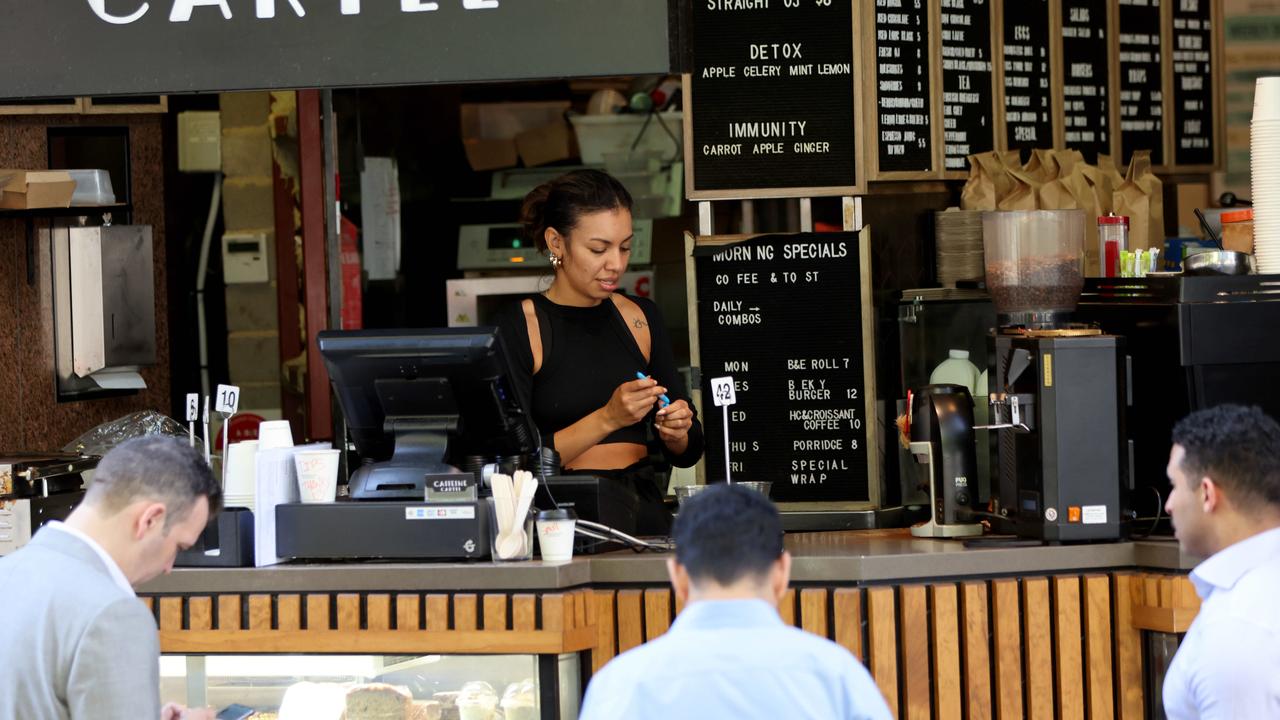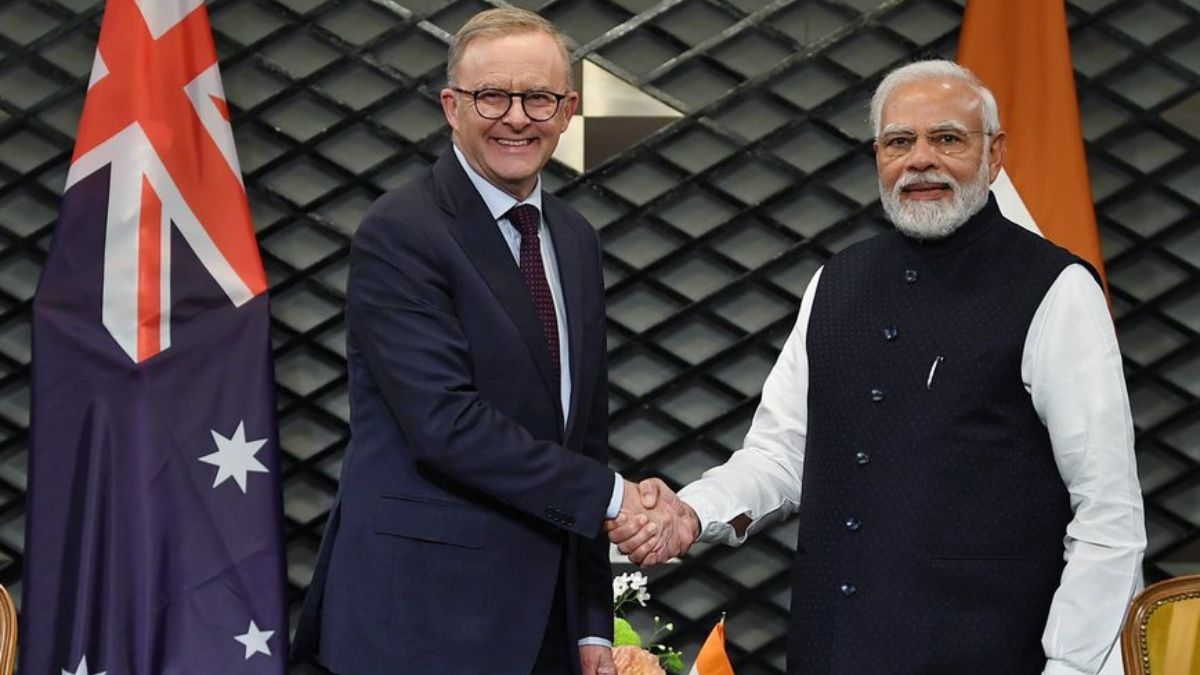Blow to Aussies hoping for rate cut

- by Admin
- March 21, 2024

Australia’s jobs market exhibited a remarkable recovery last month, with a shock fall in the unemployment rate suggesting the Reserve Bank will push back any cuts to interest rates, economists warned.
The economy added a blockbuster 116,500 jobs in February, the Australian Bureau of Statistics reported on Thursday, far outstripping an expected increase of 40,000.
The surprise jobs gain was fuelled by an increase in both full- and part-time positions, up 78,200 and 38,300, respectively.
The bumper result brought the jobless rate to just 3.7 per cent, down from 4.1 per cent the month prior, far short of a 4 per cent reading economists had predicted and fully reversing the weakness over the summer months.
Bolstering the fall in the unemployment rate was an uptick in the participation rate — the share of Australia’s working aged population in work, or looking for work — which edged up to a near-record high of 66.7 per cent, according to the seasonally adjusted figures.
As more Australian’s started new jobs, took on extra hours, and returned from Christmas holidays, the time worked soared by 53 million hours, or 2.8 per cent, to 1.9bn hours.
The underemployment rate — measuring those in work but looking for additional hours — also fell to 6.6 per cent, down from 6.7 per cent in January.
Oxford Economics lead economist Ben Udy said the recovery in employment clearly challenged the view that the rate hikes to date were providing enough of a drag on the economy to bring down wage growth and inflation.
“The RBA will surely be watching the labour market data closely from here to see if the loosening in the labour market resumes in the months ahead.”
NAB’s head of market economics Tapas Strickland said the jobs market had remained more resilient than the RBA had been assessing.
“Today’s data supports our view that the labour market has not been cooling as quickly as headline labour market indicators had suggested at face value in the past few months,” Mr Strickland said.
“Better than expected labour market data should push back prospects of a near-term rate cut, and it will be up to inflation data to make the case for a rate cut.”
But other analysts warned the sharp decline was likely a one-off with Capital Economics’ Abhijit Surya remarking the result “was likely a blip rather than a trend”.
“With job vacancies continuing to fall, we suspect the unemployment rate will rise anew in the months ahead,” Mr Surya said.
After keeping the cash rate on hold at 4.35 per cent earlier this week, RBA governor Michele Bullock said the central bank was keeping a close eye on measures of the jobs market, but was not targeting a certain jobless rate before it lowered interest rates.
“I think the unemployment rate is something that is mechanically going to rise as the economy slows,” governor Bullock said.
The Reserve Bank’s own forecasts predict the unemployment rate will rise only gradually, reaching 4.2 per cent by June, and 4.3 per cent by year’s end.
Reacting to the data, Treasurer Jim Chalmers hailed the jobs numbers as a “remarkable result”, and claimed moderating inflation, growing real wages and low unemployment had been achieved by the government.
“Despite everything that’s coming at us from around the world, inflation is moderating and our labour market remains one of our greatest strengths with unemployment remaining below its pre-pandemic average and participation at near record highs,” Dr Chalmers said.
But shadow employment spokesperson Michaelia Cash said the near-record low jobless rate masked further pain in the workforce.
“Almost 1 million Australians are now working second or third jobs,” Ms Cash said, pointing to the number of multiple job holders which had increased by more than 100,000 since Labor came to office.
The fresh job numbers came as separate data confirmed a sharp increase in Australia’s population growth in the year to September, overwhelmingly due to a surge in net overseas migration.
Over the period, Australia’s annual migration intake was 548,800. Combined with births and deaths, Australia’s population grew by 659,800.
But with employment growth continuing to soar, the increase more than absorbed the new migrant arrivals.
The Latest News
-
November 22, 2024Katy Perry wins appeal in trademark legal case against Sydney fashion label Katie Perry
-
November 22, 2024Pop superstar Katy Perry wins years-long trademark fight with Aussie designer
-
November 22, 2024Australian coffee culture is world-class. Here’s how it’s about to get better
-
November 22, 2024Aussie golfers make strong start to Tour Championship
-
November 22, 2024Why the AFC has a huge impact on the Australian fashion industry – RUSSH




